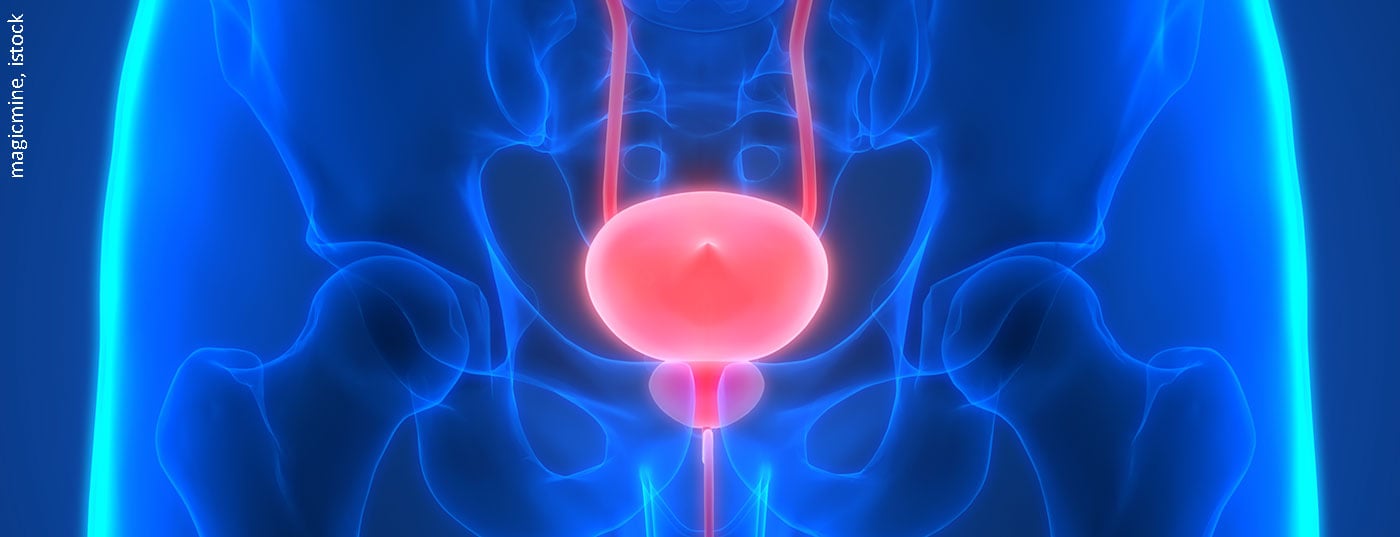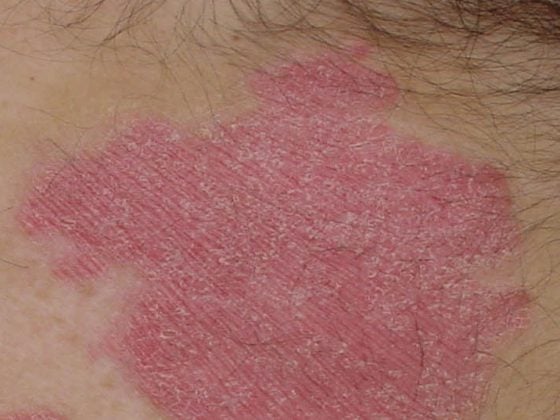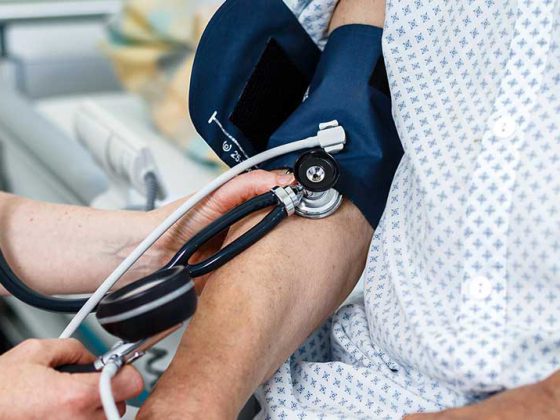Sage palmetto fruit and nettle root extract has been repeatedly shown to be effective for the treatment of benign prostatic hyperplasia. Recent studies have focused on the anti-inflammatory properties of this well-tolerated drug. Based on a recently published molecular biological analysis, the mechanism of action could be analyzed in vivo.
The drug Prostaplant®-F[1] (List B), which is approved in Switzerland, contains the phytopharmacological combination of active ingredients Sabal WS® 1473 and Urtica WS® 1031. The phytopharmacologic based on saw palmetto fruit and nettle root, which has few side effects, can be taken in capsule form and can be used for an unlimited period of time. Prostaplant®-F can be used not only for incipient but also for persistent prostate problems with urinary dysfunction.
Benign prostatic hyperplasia (BPH)
This benign condition, which becomes more common with age, affects men over 50 in particular. The enlargement of the prostate gradually compresses the urethra and blocks the outflow of urine (urinary obstruction). Urine left in the bladder can promote the development of urinary tract infections and bladder stones. If urine flow is persistently obstructed, this can weaken the urinary bladder and lead to kidney damage. The risk of bacterial infections, which may also descend or ascend to the testes and kidneys, is increased due to urinary obstruction and associated incomplete excretion of bacteria in the urine. Therapy is adapted to the stage of the disease (stage I: dysuria, nocturia, difficulty starting, stream weakening, no residual urine; stage II: residual urine >50 ml, incipient decompensation; stage III: overflow bladder, congested kidneys, acute urinary retention, postrenal failure). Drug treatment is mainly carried out in stages I and II; in addition to synthetic preparations from the substance classes of selective alpha-blockers or 5-alpha-reductase inhibitors, Prostaplant®-F [1] is a phytotherapeutic treatment alternative approved by the health insurance funds.
Inflammatory processes as trigger factors
While in earlier years mainly hormonal changes (e.g. testosterone) were considered pathogenetically significant, nowadays more and more findings support that also inflammatory processes contribute to prostatic hyperplasia [2]. Chronic prostatitis is positively correlated with prostate volume and difficulty urinating, as well as worse disease progression. In addition, the risk of acute urinary retention and the need for surgical intervention increases [2,3] (Fig. 1).
Identification of the targets
Pigat et al 2019 investigated the mechanisms of action underlying the anti-inflammatory effects of WS® 1473 and WS® 1031 demonstrated in previous studies using a validated mouse model [4–6]. In Pb-PRL transgenic mice, prostate-specific overexpression of PRL (prolactin) results in several features characteristic of BPH in humans, including tissue hypertrophy, epithelial hyperplasia, inflammation, and LUTS (“lower urinary tract syndrome”). Analysis of the expression of 23 genes encoding pro-inflammatory molecules revealed that the following pro-inflammatory cytokines, chemokines and receptors are the preferred targets of WS® 1473 and WS® 1031 : IL-1b, IL-15, CCL2, CCL4, CCL7, CXCL1, CXCL6, CXCR4, CCR7. This allowed the authors to replicate previous findings of the anti-inflammatory properties of WS® 1473 and WS® 1031 in prostatic hyperplasia in the Pb-PRL mouse model, as well as to identify the main targets involved in the mechanism of action.
Literature:
- Swiss Drug Compendium: PROSTAPLANT F, https://compendium.ch/product/1342229-prostaplant-f-kaps
- MMW Fortschritte der Medizin: Sabal-Urtica Extract for Benign Prostate Syndrome (BPS): Rational Phytotherapy also inhibits accompanying inflammation. Anti-inflammatory approaches to BPS, Medicine Forum 2016, Supplement 428991. Berlin: Springer.
- Roehrborn CG: Definition of at-risk patients: baseline variables. BJU Int 2006; 97 Suppl 2: 7-11; discussion 21-2.
- Bernichtein S, et al: Anti-inflammatory properties of lipidosterolic extract of Serenoa repens (Permixon(R)) in a mouse model of prostate hyperplasia. Prostate 2015; 75: 706-722.
- Kraft S, et al: Treatment with WS R 1541 leads to a reduction of gene expression for proinflammatory mediators and growth factors in the prostate of rats with sulipride-induced BPH. Planta Med 2016; 82(Suppl. 1), S1-S381.
- Pigat N, et al: Combined Sabal and Urtica Extracts (WSR 1541) Exert Anti-proliferative and Anti-inflammatory Effects in a Mouse Model of Benign Prostate Hyperplasia. Frontiers in Pharmacology 2019; 10(311): 1-19.
HAUSARZT PRAXIS 2019; 14(11): 25











